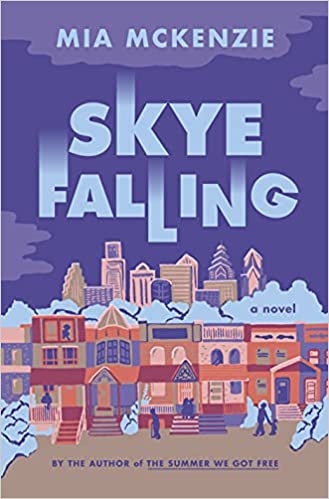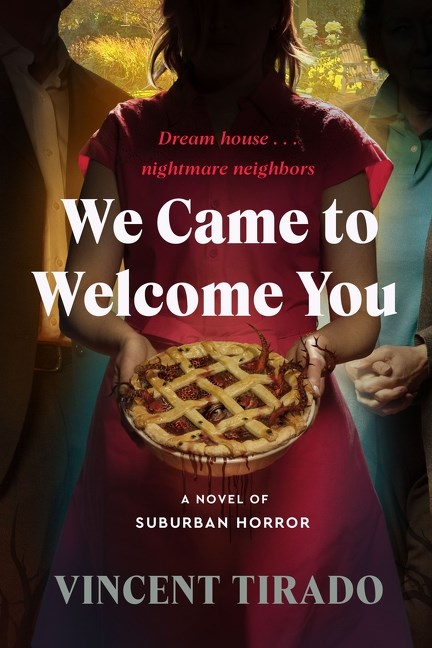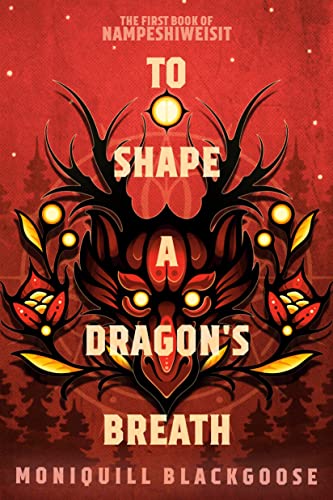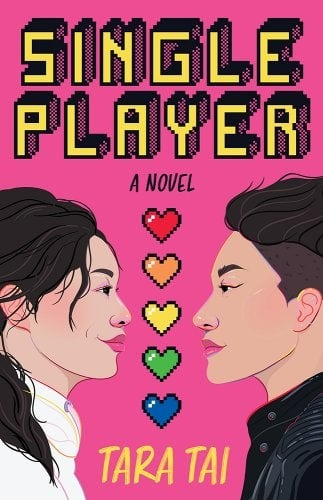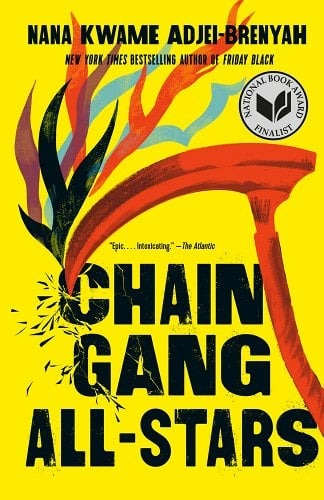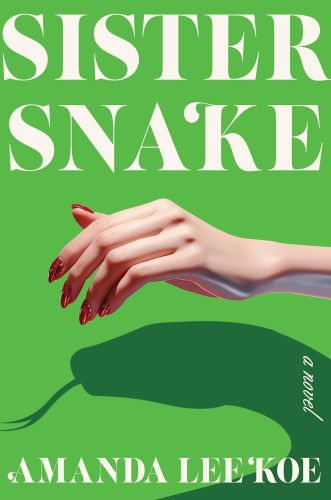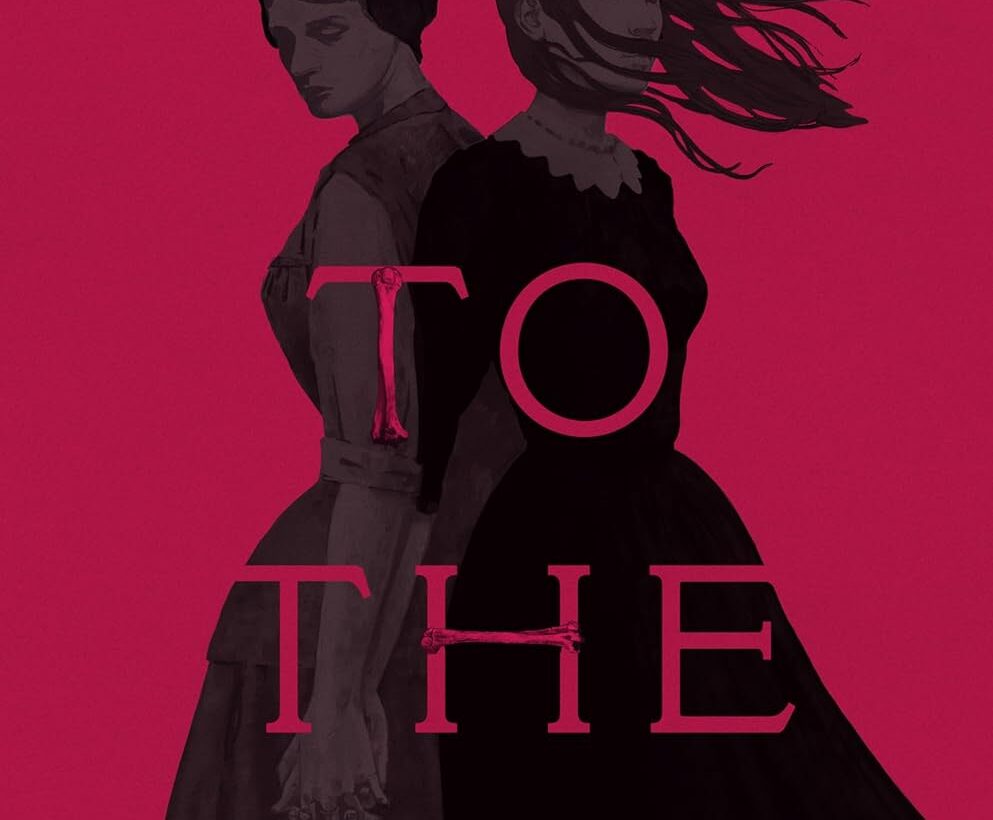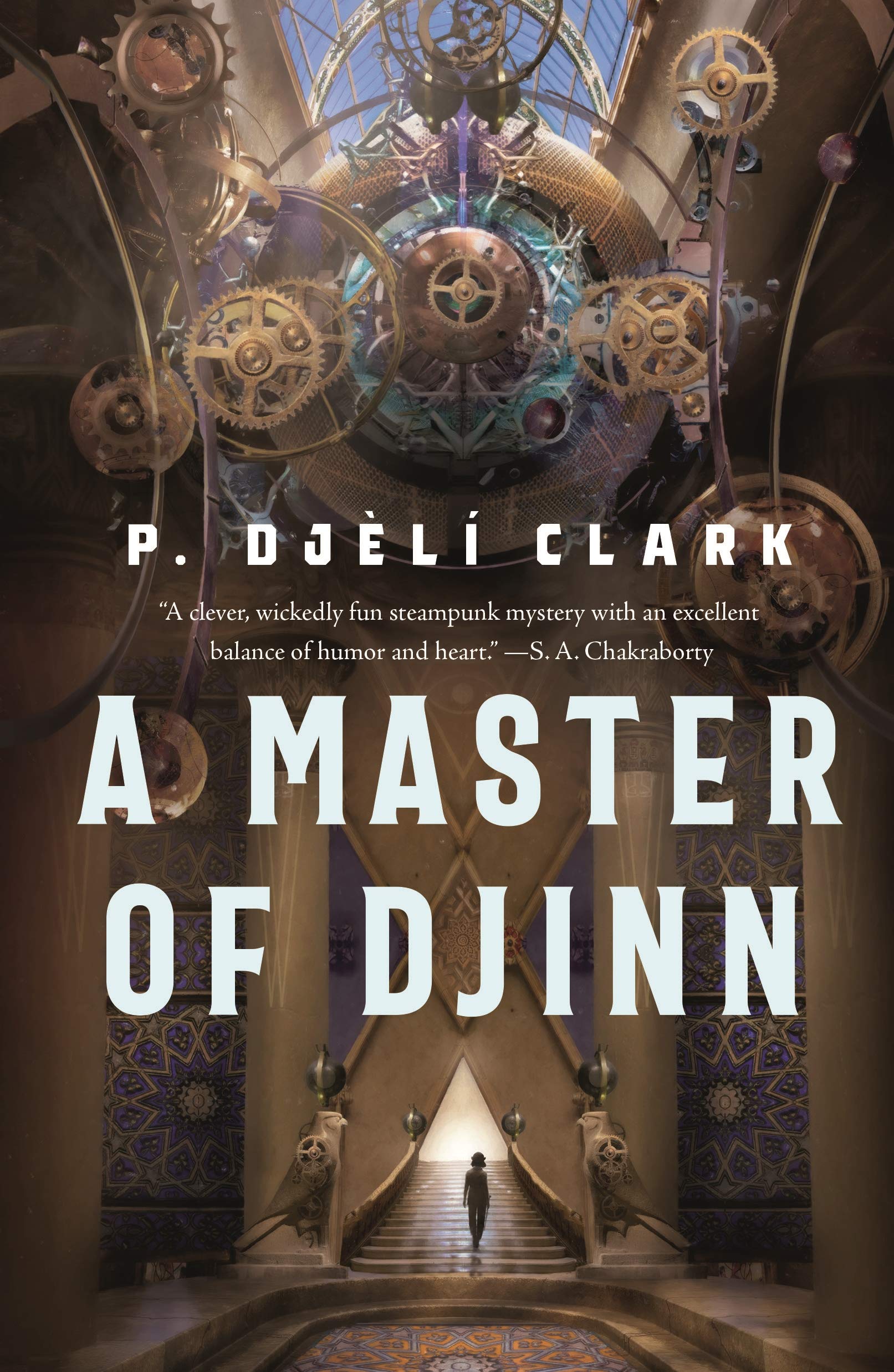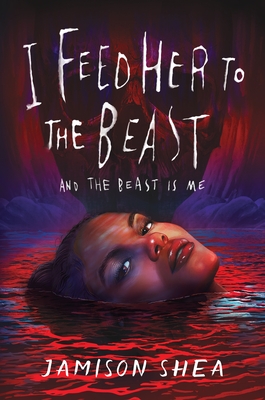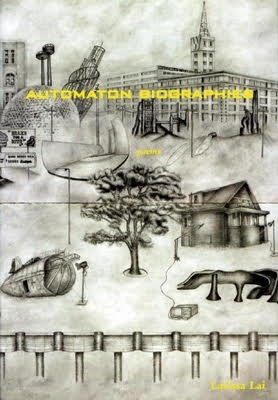I can’t count how many people I’ve recommended The Summer We Got Free by Mia McKenzie since I read it ten years ago. It’s just such an atmospheric, beautifully written, absorbing story. And yet, when she came out with her next novel, Skye Falling, I inexplicably didn’t pick it up. Since then, Skye Falling hasRead More
Horror that Lingers: We Came to Welcome You by Vincent Tirado Review
Mesmerizing, sickening, echoing-hole-in-your-stomach, roller coaster lurch of a creeping inferno: Vincent Tirado’s We Came to Welcome You: A Novel of Suburban Horror is all that and more. Released in the last quarter of 2024, to the tune of “The Other Black Girl meets Midsommar,” the book takes the banal normalcy of racism and colonialism and twists it until itsRead More
A Compelling Queer Indigenous Fantasy: To Shape a Dragon’s Breath by Moniquill Blackgoose Review
I love a magic school book, and I love a dragon book, and I especially love a dragon school book. To Shape a Dragon’s Breath by Moniquill Blackgoose was such a great entry to the genre. I couldn’t put it down, and I keep thinking about its innovative world-building. Anequs is the protagonist I didn’t know I’veRead More
A Geeky, Charming Workplace Romance: Single Player by Tara Tai Review
In this dual POV romance, Cat starts working at a video game company, hired to add in romance plot lines to a fantasy game in progress. Her boss is Andi (who uses she/they pronouns), who is skeptical of the addition of romance to the game, to put it generously. It’s the result of a “suggestion”Read More
A Tough But Necessary Read: Chain-Gang All-Stars by Nana Kwame Adjei-Brenyah Review
Content warnings for pretty much everything: violence, gore, racism, incarceration, solitary confinement, self harm, cutting At the time of writing this, it’s barely been three weeks since the 2024 presidential election in the United States, which Donald Trump won by a handy margin. Although Chain-Gang All-Stars by Nana Kwame Adjei-Brenyah came out over a yearRead More
The Unique Venom of Found Family: Sister Snake by Amanda Lee Koe Review
Su and Emerald are sisters with nothing in common: Su lives in Singapore, playing the perfect wife to her conservative politician husband. Emerald is a queer sugar baby in New York, barely scraping by living with an artist friend. While their current lives look very different and they rarely speak, they have a shared past:Read More
A Brutal Colonial Horror Story: To the Bone by Alena Bruzas
To the Bone is the story of Ellis, an indentured girl in the Jamestown settlement of the Virginia colony. Ellis aspires toward little more than goodness; born poor in the late 1500s, she can neither read nor count, but understands the world as preachers sketch its edges. She works hard as a servant to the semi-prominentRead More
An Immersive Steampunk Mystery: A Master of Djinn by P. Djèlí Clark
A Master of Djinn by P. Djèlí Clark is many things: a steampunk mystery, an anti-colonial historical, an at once dark and whimsical fantasy, and more. But if I had to sum it up in one word, it would be fun. This book gives the reader plenty to chew on while immersing them in a rich world, anRead More
Feral Eldritch Ballerinas: I Feed Her to the Beast and the Beast Is Me by Jamison Shea
Laure is a ballet dancer who has devoted herself entirely to her profession. She spends every waking moment honing her skill. And she is perfect. But as she soon learns, perfect is not enough. It doesn’t matter that she’s the best, because she’s fighting to rise up in an institution that sees her working classRead More
Must-Read Poetry Collections by Queer Women
It can be easy to feel overwhelmed during trying times, and to feel like you have less time/energy to sit down with a book and really immerse yourself in plot or nonfiction. I’ve personally always turned to poetry during periods like this, and in light of everything going on everywhere, these books have been particularlyRead More
- 1
- 2
- 3
- 4
- Next Page »
